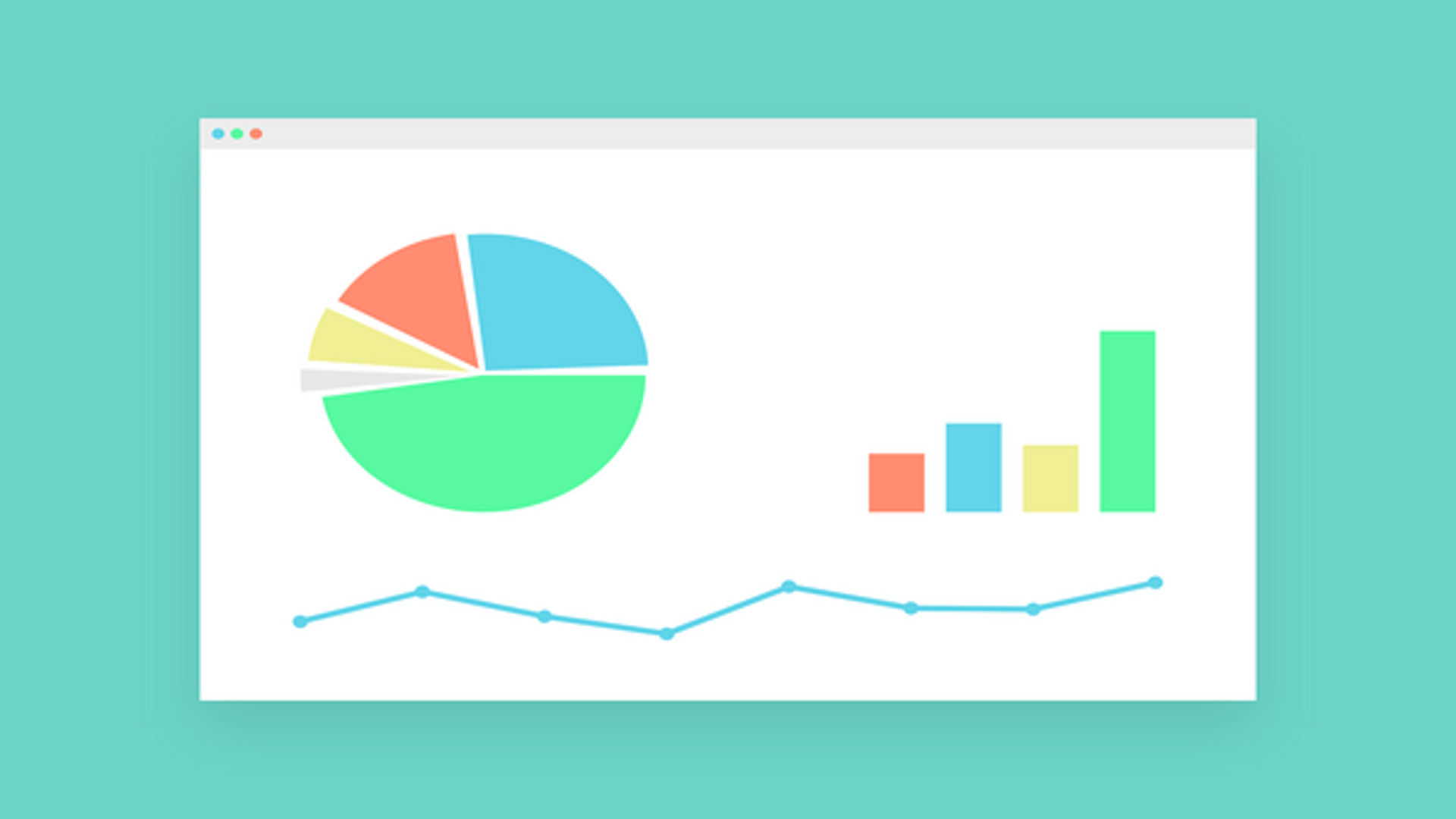
Understanding Google Analytics 4: A New Era in Web Analytics
Google Analytics 4 (GA4) is the latest version of Google's popular web analytics tool, bringing advanced tracking capabilities with a focus on event-based tracking. This new approach allows for more precise monitoring of user behavior on your website, offering new opportunities to analyze and improve your online presence.
However, transitioning to GA4 also brings several changes and limitations that are important to understand to use this tool effectively. In this overview, we’ll explore what GA4 offers, how to set up event tracking correctly, and the potential pitfalls to be aware of to fully leverage GA4’s capabilities.
Event-Based Tracking: A New Approach in GA4
The key feature of GA4 is its "Event-based" tracking model, which means that visitor tracking is based on events (specific user actions) occurring on your website. This method allows for the collection of more detailed data about visitors and their interactions, leading to a better understanding of user experience and the effectiveness of marketing campaigns.
The main difference between GA3 (Universal Analytics) and GA4 is how data is collected. GA3 tracked visitors at the session level, while GA4 tracks visitors at the event level. This shift means GA4 gathers more granular information about individual user interactions, whereas GA3 provided a broader overview of user sessions.
GA4 also introduces new types of events, such as "Enhanced Measurement" events, which automatically track interactions like clicks on call-to-action buttons, link clicks, and other key elements on your site without requiring additional setup.
Moreover, GA4 changes how data is presented. It features an "Analysis Hub" that offers greater flexibility in data analysis, making it easier to find and understand user interactions with your website.
Differences Between GA3 and GA4
GA4’s data collection process differs significantly from GA3’s in several ways:
-
No Session-Based Tracking: Unlike GA3, GA4 does not use session-based tracking, meaning it does not collect some of the data that GA3 did.
-
Missing Demographic Data: GA4 does not collect demographic data like age and gender, which were available in GA3.
-
Session Details: GA4 does not log session duration, the number of pages viewed during a session, or other session-level data that GA3 provided.
-
Source Data: GA4 does not track the geographic source of visitors as GA3 did.
-
Custom Code Compatibility: Custom tracking code created for GA3 may not work in GA4 without modifications, potentially leading to data gaps if the code is not updated.
Despite these changes, GA4 also introduces new event types and data collection methods that GA3 didn’t support. It's crucial to familiarize yourself with these changes to avoid surprises when you review your analytics dashboard.
What GA4 Offers That GA3 Doesn’t
GA4 introduces several new categories of data that were not available in GA3:
-
User-Level Events: GA4 tracks user activities on your site and consolidates them into user events, allowing you to follow individual user behavior over time and gain deeper insights into their experience.
-
Call Tracking: GA4 can track calls made through phone numbers listed on your website, enabling you to analyze call volume and understand how visitors are finding your contact information.
-
E-commerce Events: GA4 provides detailed tracking for e-commerce activities, such as adding items to a cart, completing purchases, customer lifecycle data, advanced segmentation, and more, powered by machine learning.
-
Video Interaction Data: GA4 can track video interactions, including play, pause, forward, rewind, and completion events.
-
App Usage: GA4 can track app usage, which is particularly valuable for businesses with mobile applications.
However, some of these new data categories require specific configurations and tracking setups to ensure accurate data collection and analysis.
Conclusion
Google Analytics 4 represents a significant evolution in web analytics, offering more detailed and event-focused data tracking. While it brings exciting new features, it also requires a shift in how you approach analytics, particularly in setting up and understanding event-based tracking. Familiarizing yourself with these changes is essential to make the most of GA4 and avoid potential pitfalls during the transition from GA3.
